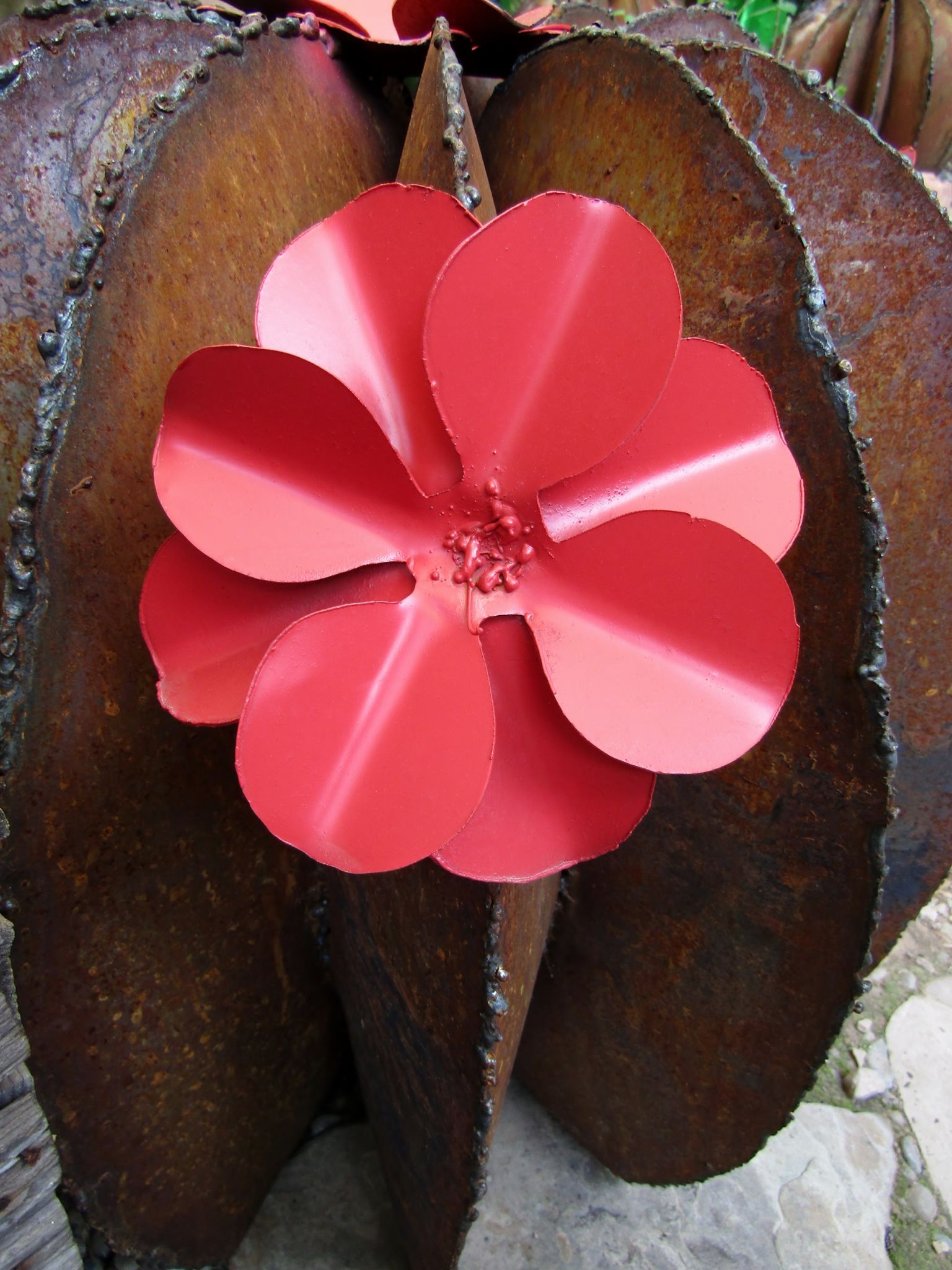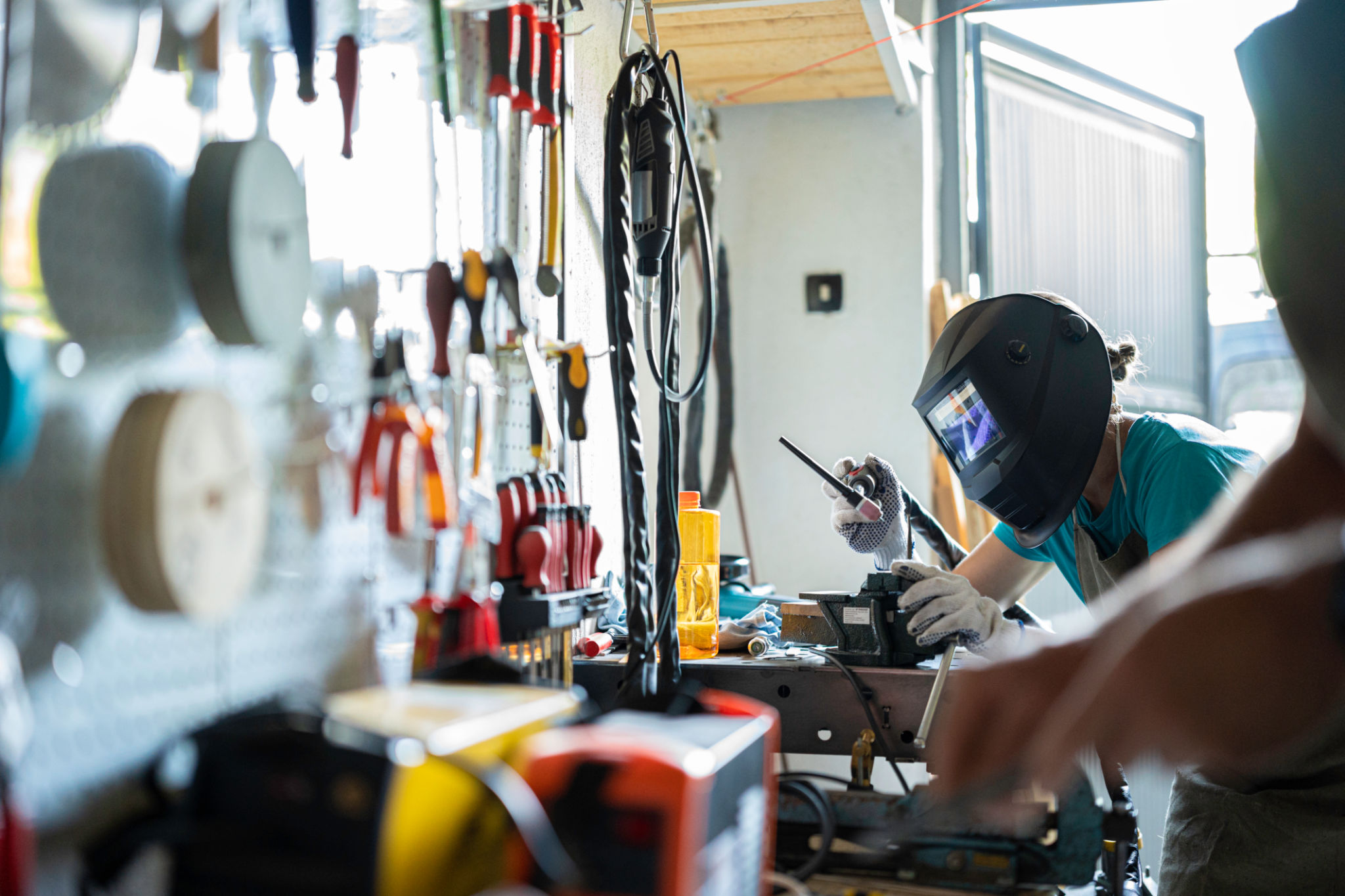How Upcycled Metal Sculptures Are Transforming Green Art
The Rise of Upcycled Metal Sculptures
In recent years, there has been a growing interest in sustainable art, with upcycled metal sculptures leading the charge. These remarkable works of art are created by transforming discarded metal materials into stunning sculptures that capture the imagination. Artists are increasingly drawn to this medium for its versatility, durability, and environmental benefits. As a result, upcycled metal sculptures are gaining traction in both public and private collections, heralding a new era of green art.
The process of creating these sculptures involves sourcing old metal parts from various origins, such as junkyards, construction sites, and even household waste. By repurposing materials that would otherwise contribute to environmental pollution, artists are not only reducing waste but also showcasing the potential of sustainable practices in the art world.

Environmental Impact and Benefits
One of the most compelling reasons for the growing popularity of upcycled metal sculptures is their positive environmental impact. By repurposing scrap metal, artists help minimize the need for new raw materials, which reduces the energy consumption and carbon emissions associated with mining and manufacturing processes. This contributes to a more sustainable future while highlighting the role of art in promoting ecological awareness.
Moreover, upcycled metal sculptures often incorporate elements that celebrate nature and wildlife, further emphasizing their connection to environmental themes. These artworks serve as powerful visual reminders of our responsibility to protect and preserve the planet for future generations.
The Creative Process
Creating a sculpture from upcycled metal is a meticulous process that requires a keen eye for detail and a deep understanding of materials. Artists must carefully select pieces that will fit together harmoniously, often spending hours cutting, shaping, and welding components to bring their visions to life. The result is an intricate tapestry of textures and forms that showcases the unique properties of each piece of metal.

The creative process is not only about assembling physical components but also about telling a story. Each sculpture is imbued with meaning, drawing on themes such as transformation, resilience, and innovation. This narrative aspect adds depth to the artwork, encouraging viewers to engage with it on a deeper level.
Upcycled Metal Sculptures in Public Spaces
Many cities around the world are embracing upcycled metal sculptures as part of their public art initiatives. These installations serve as focal points in urban landscapes, inviting residents and visitors alike to ponder the relationship between art and sustainability. By placing these works in public spaces, cities are fostering a sense of community and encouraging dialogue about environmental issues.
Public art projects often involve collaborations between artists, local governments, and community organizations. These partnerships help promote cultural enrichment while supporting local economies by attracting tourists and art enthusiasts.

The Future of Green Art
The rise of upcycled metal sculptures is indicative of a broader trend towards sustainable practices within the art community. As awareness of environmental issues continues to grow, more artists are likely to explore eco-friendly mediums and techniques. This shift has the potential to inspire change beyond the art world, influencing industries such as fashion, design, and architecture.
Looking ahead, the future of green art lies in innovation and collaboration. By harnessing the power of creativity and technology, artists can continue to push boundaries and redefine what is possible in sustainable art. Upcycled metal sculptures are just one example of how art can be both beautiful and impactful, paving the way for a more conscious and connected world.